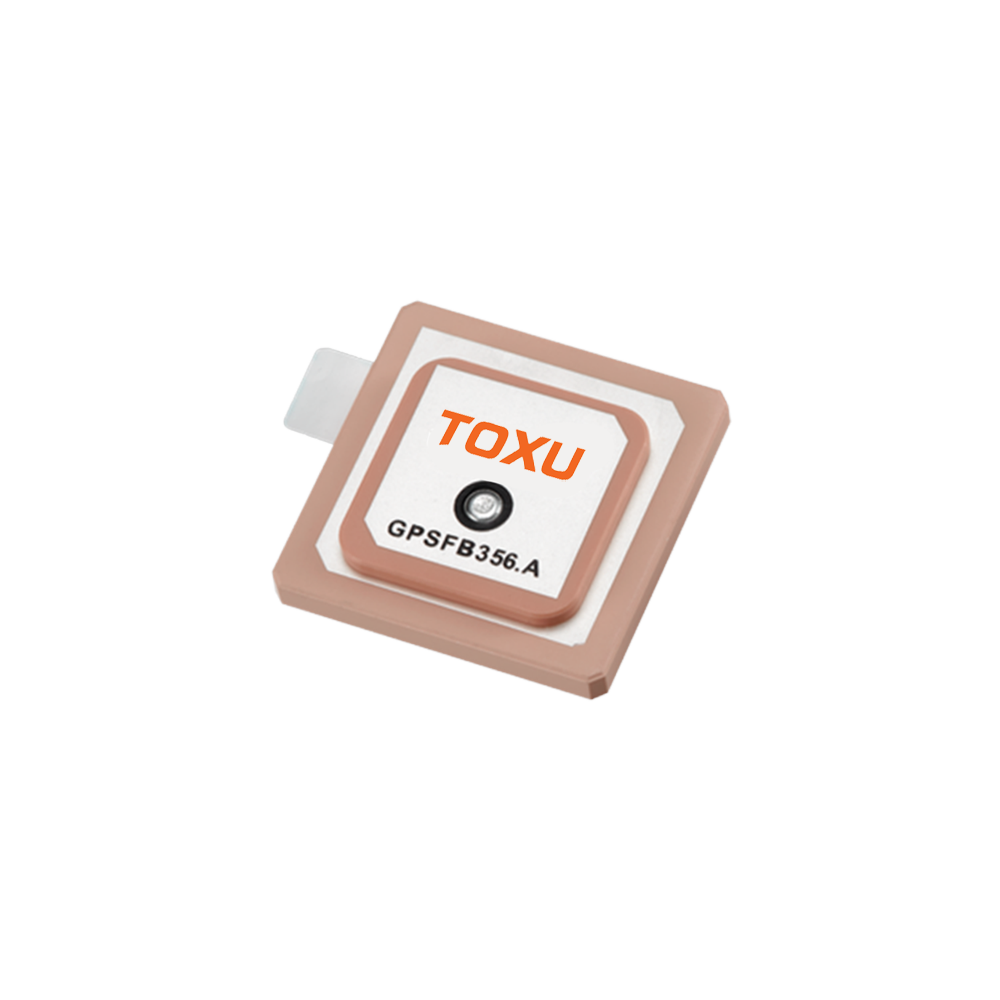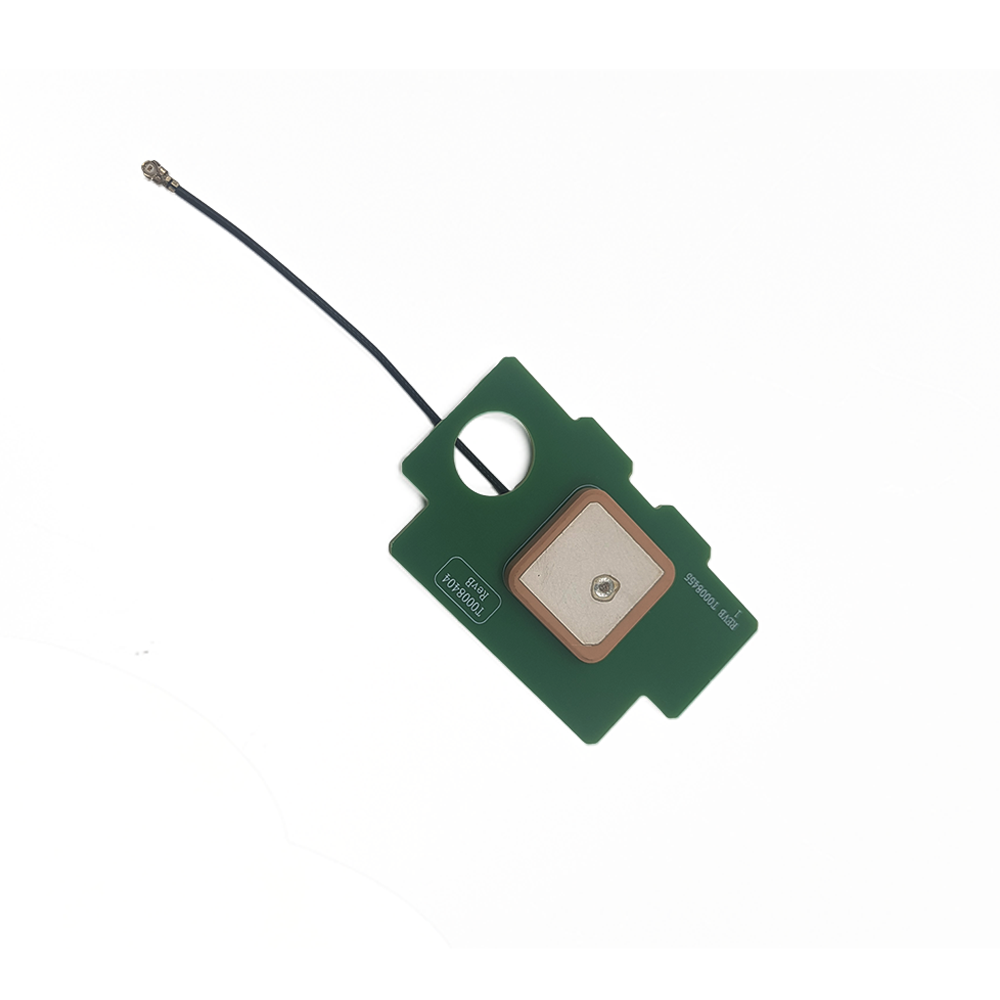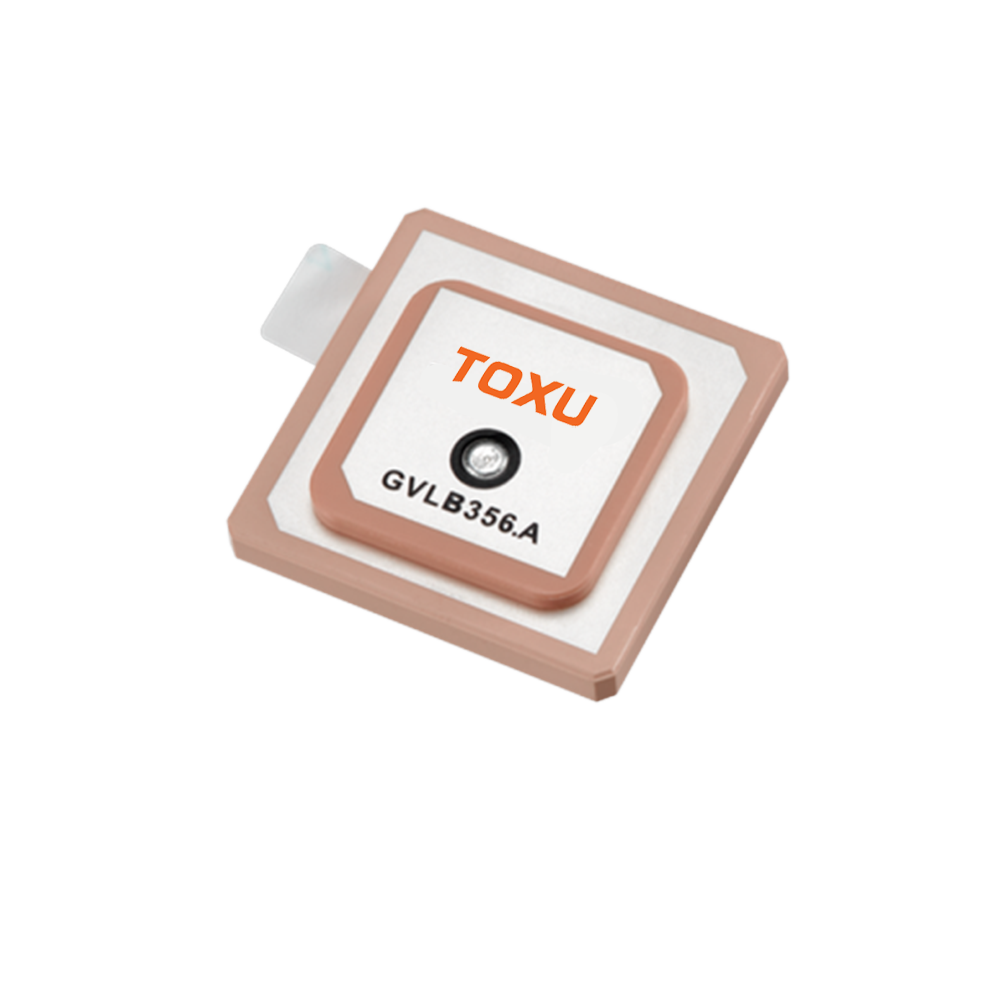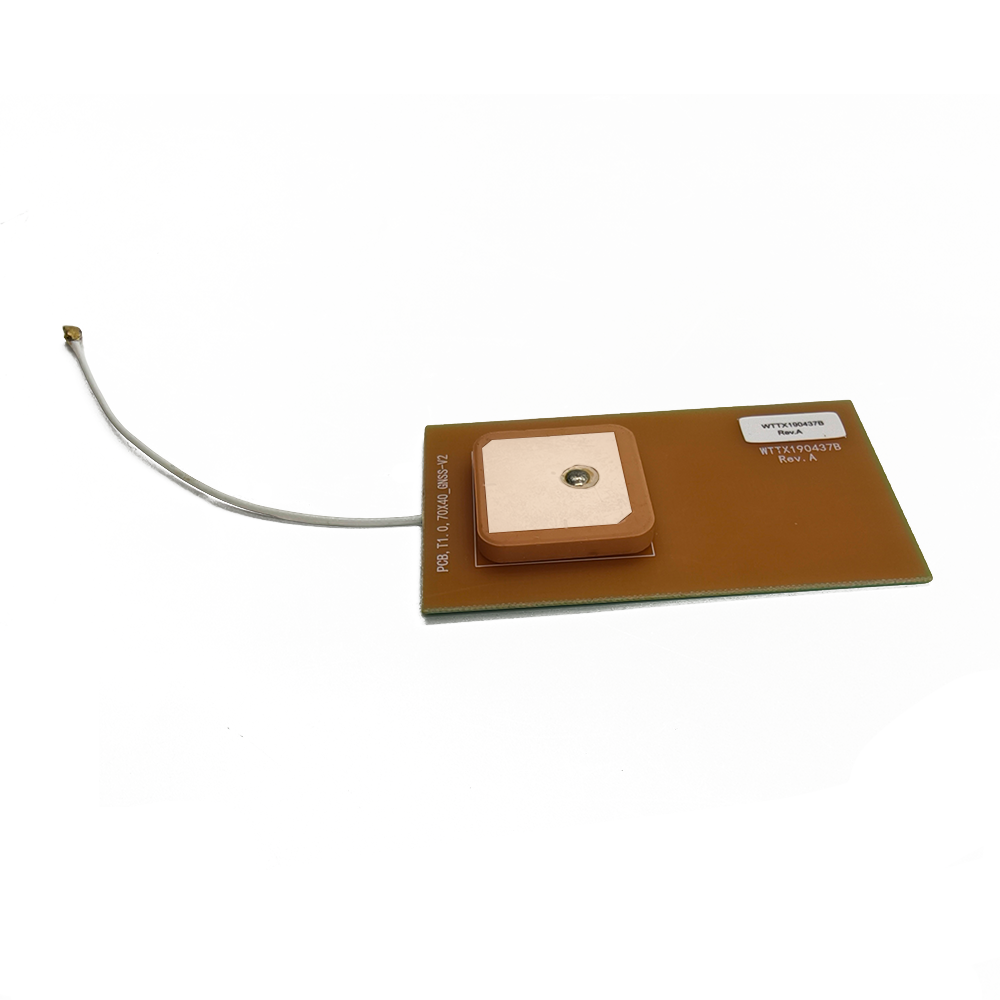Components and Design
The GPS ceramic patch antenna consists of several key components that work together to ensure optimal performance. The primary element is the ceramic patch, which is a small, flat surface made of high-permittivity ceramic material. This material allows for a compact design while maintaining high frequency operation. The ceramic patch is typically coated with a conductive material, usually silver or gold, to form a resonant structure that efficiently captures GPS signals.
In addition to the ceramic patch, the antenna includes a ground plane, which is a conductive surface that helps to direct the radiation pattern of the antenna. The ground plane is typically connected to the device's chassis or a separate metal plate to provide a reference point for the electromagnetic waves.
The antenna also includes a coaxial connector, which serves as the interface between the antenna and the device's circuitry. Common coaxial connectors used in GPS ceramic patch antennas include SMA, MCX, MMCX, HRS, and IPX. These connectors ensure a secure and reliable connection, allowing for efficient signal transmission.
Performance Characteristics
The performance of a GPS ceramic patch antenna is characterized by several key parameters, including gain, frequency range, polarization, VSWR, and input impedance.
Gain
The gain of an antenna refers to its ability to direct energy in a specific direction. In the case of GPS ceramic patch antennas, the gain is typically specified at two different frequencies: 1176 MHz and 1575 MHz. At 1176 MHz, the gain is 3.4 dBi, while at 1575 MHz, the gain is 5 dBi. These values indicate that the antenna is optimized for these specific GPS frequencies, ensuring maximum signal reception.
Frequency Range
The frequency range of the GPS ceramic patch antenna is designed to cover the L1 and L2 bands of the GPS spectrum. Specifically, the antenna operates at 1176 MHz and 1575 MHz, which are the primary frequencies used by GPS satellites for civilian applications. This dual-band operation ensures compatibility with most GPS systems and provides redundancy in case of interference or signal loss at one frequency.
Polarization
The polarization of an antenna refers to the orientation of the electric field of the electromagnetic waves it receives. In GPS ceramic patch antennas, the polarization can be either right-hand circular polarization (RHCP) or linear polarization. RHCP is commonly used in GPS applications because it minimizes the effects of multipath interference, which can occur when signals reflect off surfaces before reaching the antenna. Linear polarization is also used in some applications, depending on the specific requirements.
VSWR
The voltage standing wave ratio (VSWR) is a measure of the reflection of electromagnetic waves at the interface between the antenna and the transmission line. A lower VSWR indicates better impedance matching and less signal loss. In GPS ceramic patch antennas, the VSWR is typically specified as 1.5, indicating good impedance matching and minimal signal reflection.
Input Impedance
The input impedance of an antenna is the ratio of the voltage to the current at its input terminals. In GPS ceramic patch antennas, the input impedance is typically 50 ohms, which is a standard value used in many RF applications. This impedance ensures compatibility with standard coaxial cables and other RF components, facilitating efficient signal transmission.
Applications
GPS ceramic patch antennas find applications in a wide range of industries and devices. Some of the most common applications include:GPS ceramic patch antennas find applications in a wide range of industries and devices. Some of the most common applications include:
Automotive Navigation
In the automotive industry, GPS ceramic patch antennas are used in vehicle navigation systems to provide real-time location information. These systems help drivers navigate unfamiliar routes, avoid traffic congestion, and reach their destinations more efficiently.
Surveying and Mapping
Surveyors and mapping professionals rely on GPS ceramic patch antennas to accurately determine the coordinates of geographic features. These antennas are used in handheld devices, drones, and other surveying equipment to collect precise data for mapping and land management.
Asset Tracking
GPS ceramic patch antennas are used in asset tracking systems to monitor the location of valuable assets, such as vehicles, containers, and equipment. These systems provide real-time location updates, helping organizations to manage their assets more effectively and prevent theft.
IoT Devices
In the Internet of Things (IoT) domain, GPS ceramic patch antennas are used in a variety of devices, such as smart sensors, wearables, and industrial equipment. These devices leverage GPS technology to provide location-based services and enhance their functionality.
Conclusion
-
The GPS ceramic patch antenna is a vital component in many applications that require accurate positioning and navigation. Its compact design, high-frequency operation, and optimized performance characteristics make it an ideal choice for a wide range of devices and industries. As technology continues to advance, the demand for GPS ceramic patch antennas is likely to grow, driving further innovation and development in this field.




































































 Language
Language
 En
En Cn
Cn Korean
Korean

 Home >
Home > 








 18665803017 (Macro)
18665803017 (Macro)













